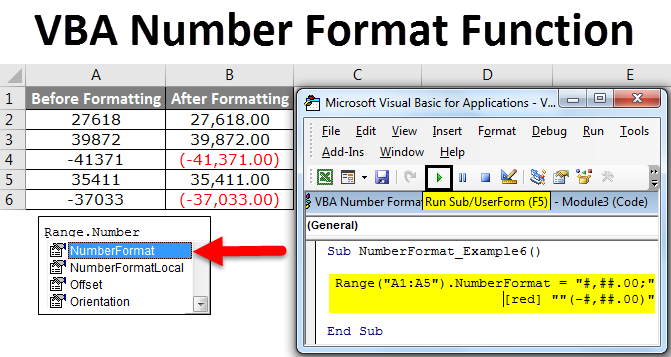
This automation activity is also known as Macro. VBA allows you to automate various activities in Excel such as generating reports, preparing charts & graphs, doing calculations, etc. And event-driven programming language from Microsoft with Microsoft Office applications such as MSExcel, MS-Word, and MS-Access. VBA stands for Visual Basic for Applications. Each of the sections contains related topics with simple examples. This tutorial helps you to learn the basics of Excel VBA.

It is now predominantly used with Microsoft Office applications such as MS Excel, MS-Word, and MS-Access. VBA can be used to prompt a user in a way that makes this input unavoidably mandatory.VBA stands for Visual Basic for Applications, and event-driven programming language from Microsoft. For example, you may need a user's input for their first and last name to put on a form. You can perform very normal tasks but perform them in an easier, automated manner. VBA can be used to copy and paste values, adjust cell styles for an entire workbook, and strike accelerator keys. You also may use VBA to produce lists of customers’ names or any other content create invoices, forms, and charts analyze scientific data, and manage data display for budgets and forecasting. This includes filtering through different situations that may impact outcomes differently. With Visual Basic for Applications, you can create various portfolio-management and investment scenarios. You can use VBA in Excel to create and maintain complex trading, pricing, and risk-management models, forecast sales and earnings, and to generate financial ratios.

Macros allow financial professionals-whether accountants, commercial bankers, investment bankers, research analysts, salesmen, traders, portfolio managers, clerks, or administrators-to analyze and adjust huge amounts of data quickly.


 0 kommentar(er)
0 kommentar(er)
